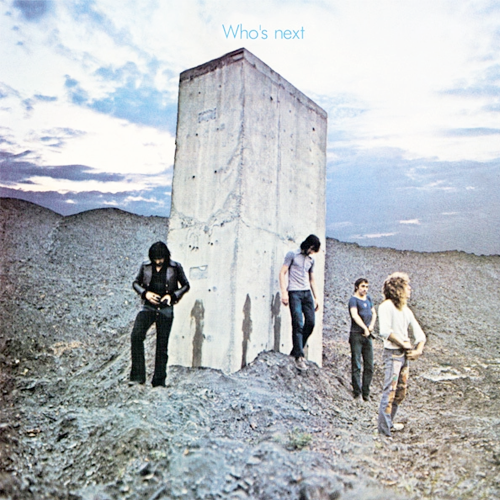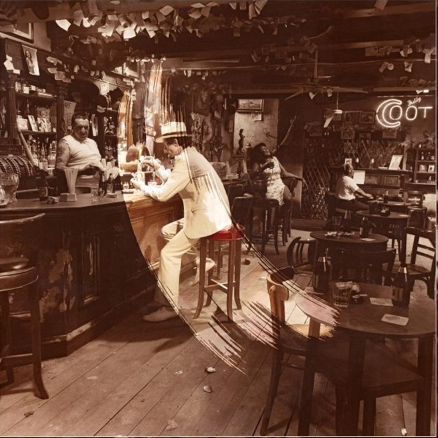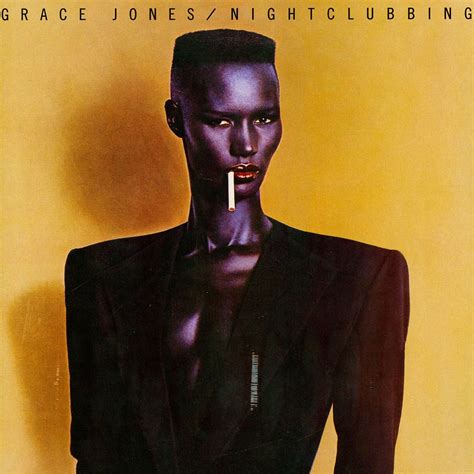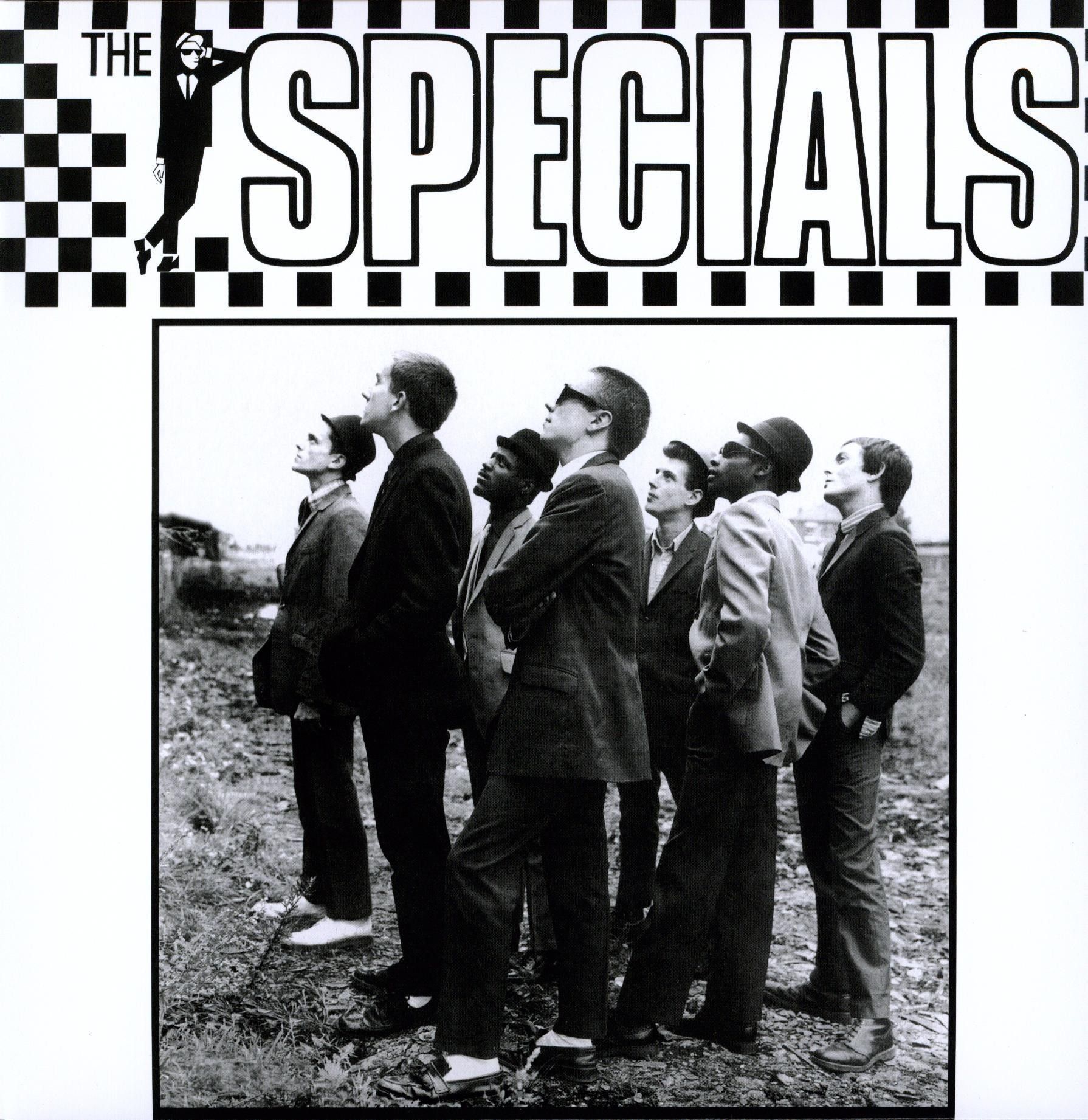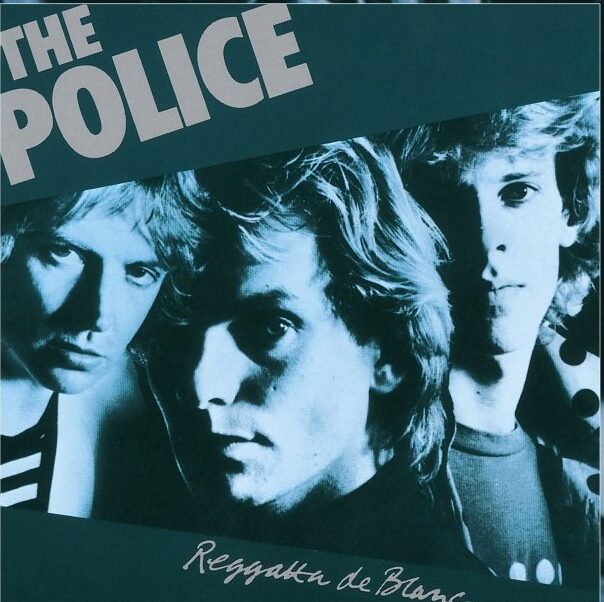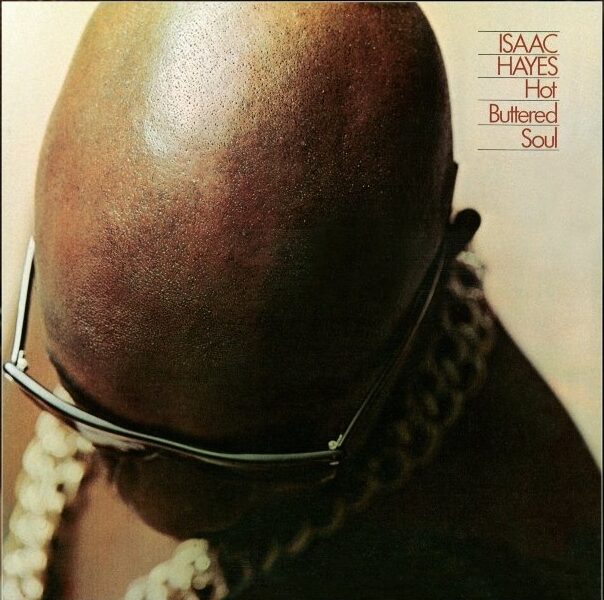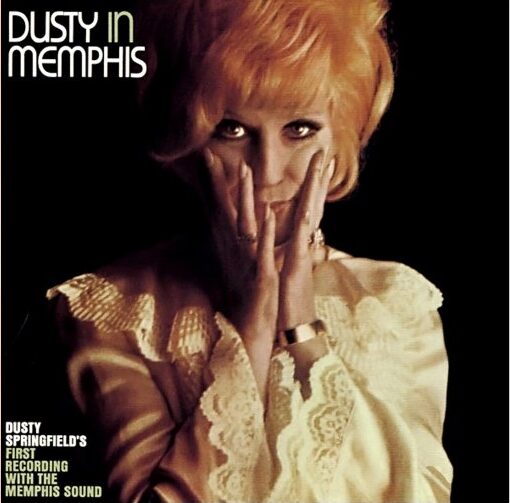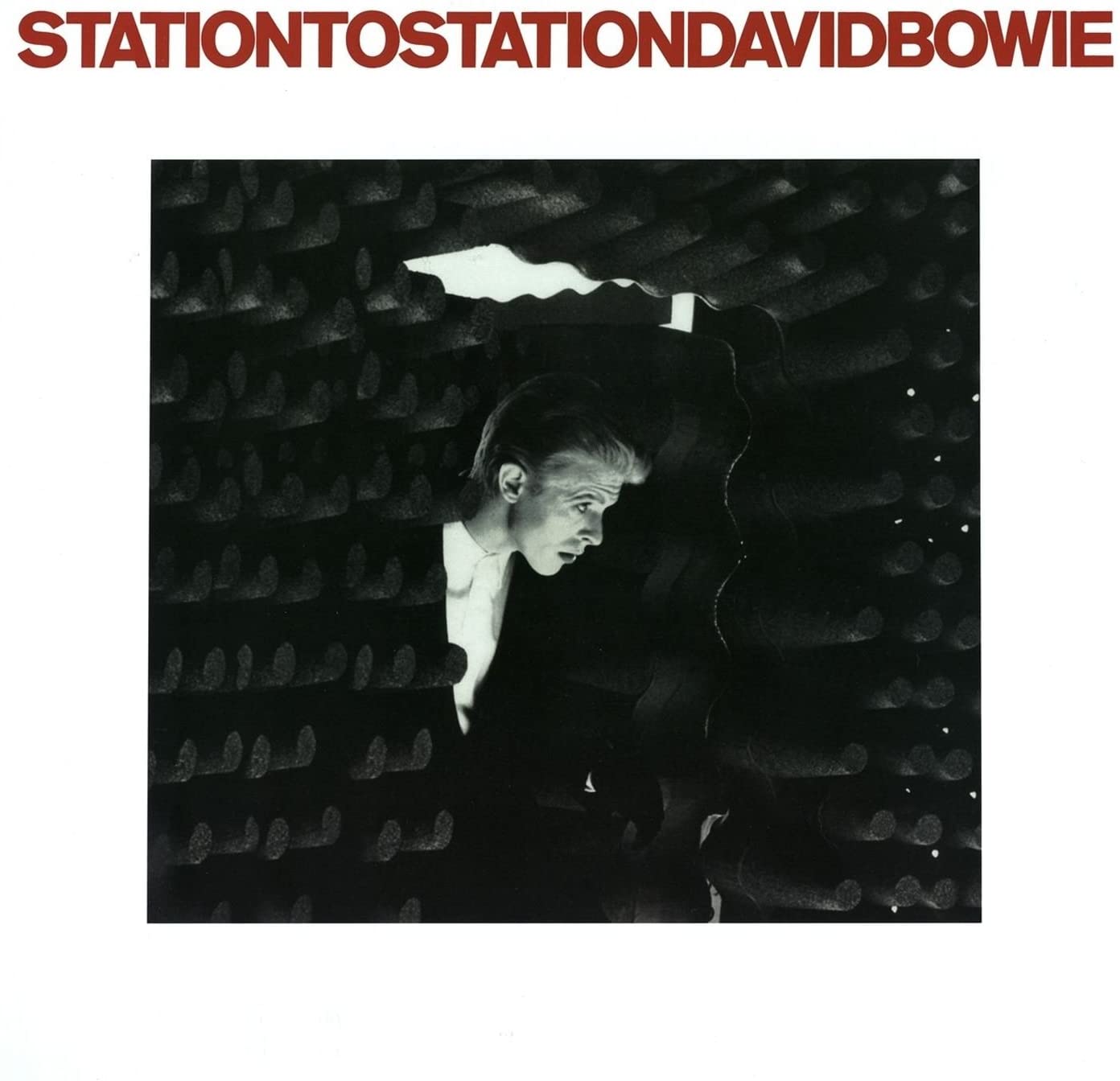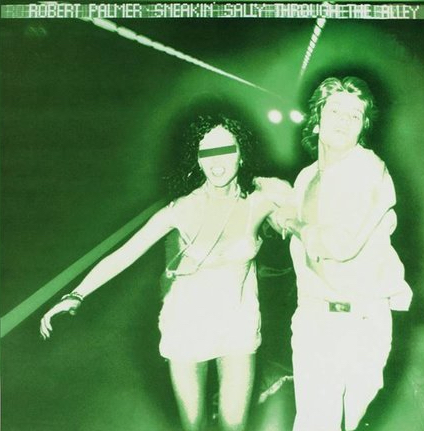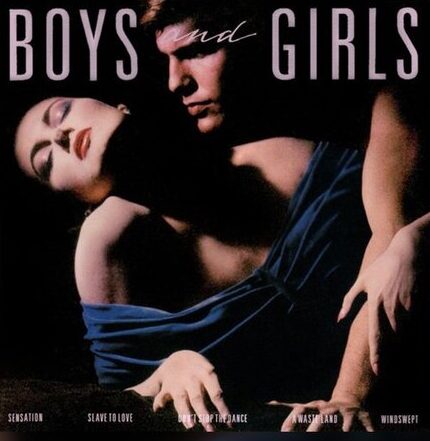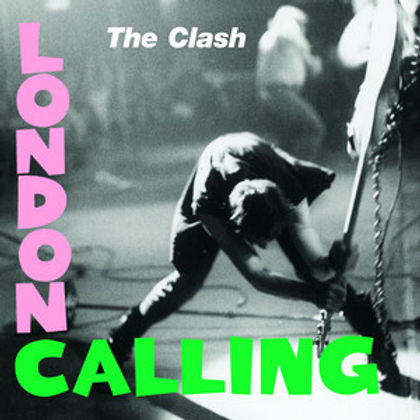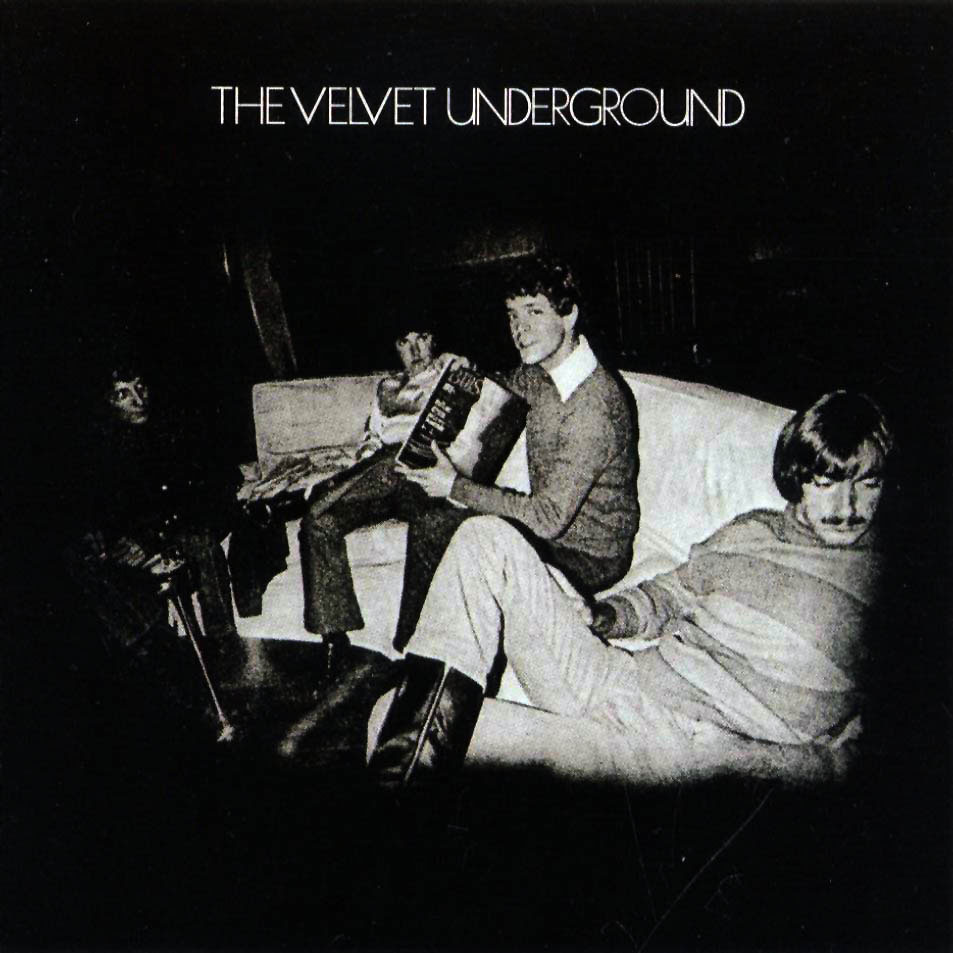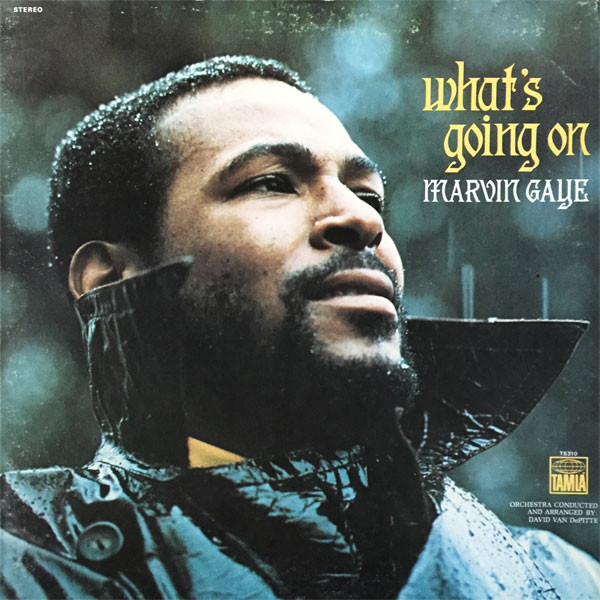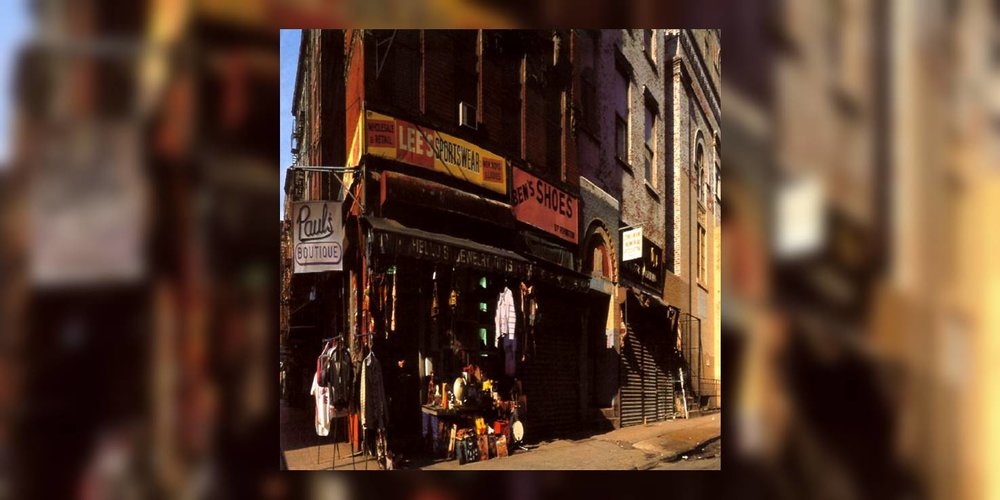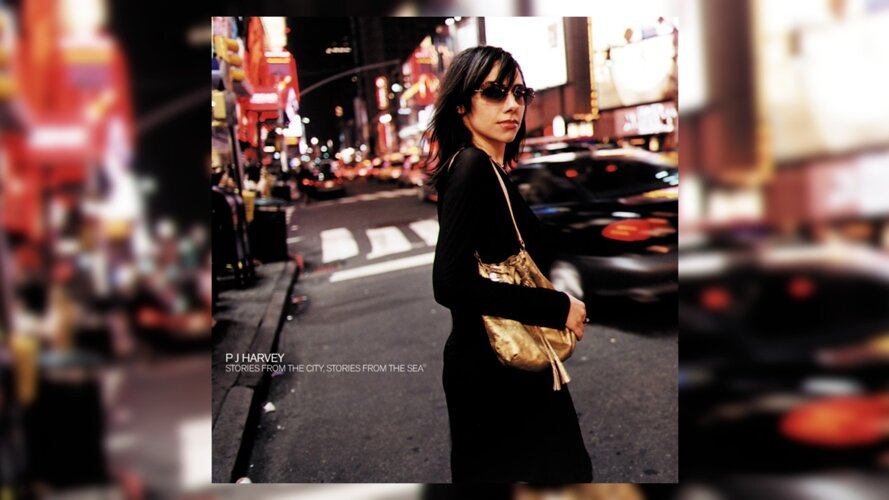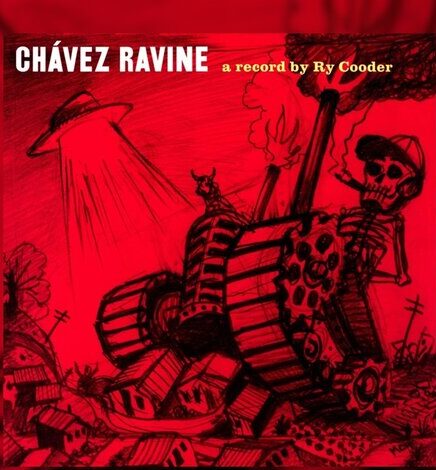Happy 55th Anniversary to The Velvet Underground’s eponymous third studio album, The Velvet Underground, originally released in March 1969.
Originally published March 1, 2024 at Albumism
The Velvet Underground’s eponymous third album demonstrated their relentless pursuit of pushing musical boundaries. It was a complete departure from their previous LP, White Light/White Heat (1968), an avant garde record that played with experimental jazz and brooding themes. Tensions between singer-guitarist Lou Reed and bassist John Cale led the former to deliver an ultimatum to guitarist Sterling Morrison and drummer Maureen Tucker. If they didn’t agree to fire Cale, he would leave the band. Morrison and Tucker acquiesced, and Cale was gone. Replacing him for the third album was multi-instrumentalist Doug Yule.
The transition from Cale’s experimental flourishes to Reed’s straightforward rock approach brought a noticeable change in the music. His fear was that the band would be mining the same territory if Cale stayed in the band. Reed did not want to “make another White Light/White Heat. I thought it would be a terrible mistake, and I really believed that. I thought we had to demonstrate the other side of us. Otherwise, we would become this one-dimensional thing, and that had to be avoided at all costs.”
As a result, the band found inspiration in writing songs about the complexities of love and the mysteries of religion. The focus shifted from experimental noise to the art of songwriting. The implication here is not that the innovative sound would be compromised.
The Velvet Underground sought the help of renowned engineer Geoff Emerick, famous for his collaborations with the Beatles, to achieve a more refined sound, diverging from their earlier raw and rough recordings. The opening track, “Candy Says” begins with shimmering chimes, setting the tone for their intricately revamped sound. Taking the lead on this track is Yule, the band’s newest member.
Written by Reed, “Candy Says” tells the story of transgender actress Candy Darling. In Anthony DeCurtis’ biography Lou Reed, A Life, Reed mentioned that the song was “about something more profound and universal, a universal feeling I think all of us have at some point. We look in the mirror and we don’t like what we see…I don’t know a person alive who doesn’t feel that way.”
Transitioning seamlessly, “What Goes On” introduces a lively and infectious rhythm that fills the air. Sterling Morrison’s guitar work stands out from the rest, thanks to his combination of bluesy and rock-infused elements. The song’s repetitive and trance-like structure pays homage to the band’s avant-garde origins and blends experimental elements with traditional rock frameworks.
“Pale Blue Eyes” is one of the album’s standout tracks. With his hauntingly beautiful vocals, Reed creates a ballad that provides insight into the future direction of his solo career. Don’t be deceived by the simplicity of the arrangement; it carries a powerful emotional weight.
Uplifting and liberating are not exactly terms one would associate with the Velvet Underground, but “Beginning to See the Light” adds another layer of depth to the album. The catchy melody, and group harmonies create a sense of joy, serving as a reminder that experimentation and accessibility can co-exist.
“The Murder Mystery” is a somewhat polarizing track that could have easily been a part of White Light/White Heat. With one vocal track playing in each stereo channel, the listener is fully immersed in a disorienting listening experience. The track’s use of a disjointed narrative invites the listener to actively take part in unraveling its mystery.
The final cut of the album, “After Hours,” is a more straightforward and accessible track with Tucker on lead vocals. The childlike quality of her vocals is one of the highlights of the song, which serves as a poignant conclusion to the LP.
Despite its initial lack of commercial success, The Velvet Underground’s third album left a lasting legacy, shaping and inspiring countless musicians in the years to come.

